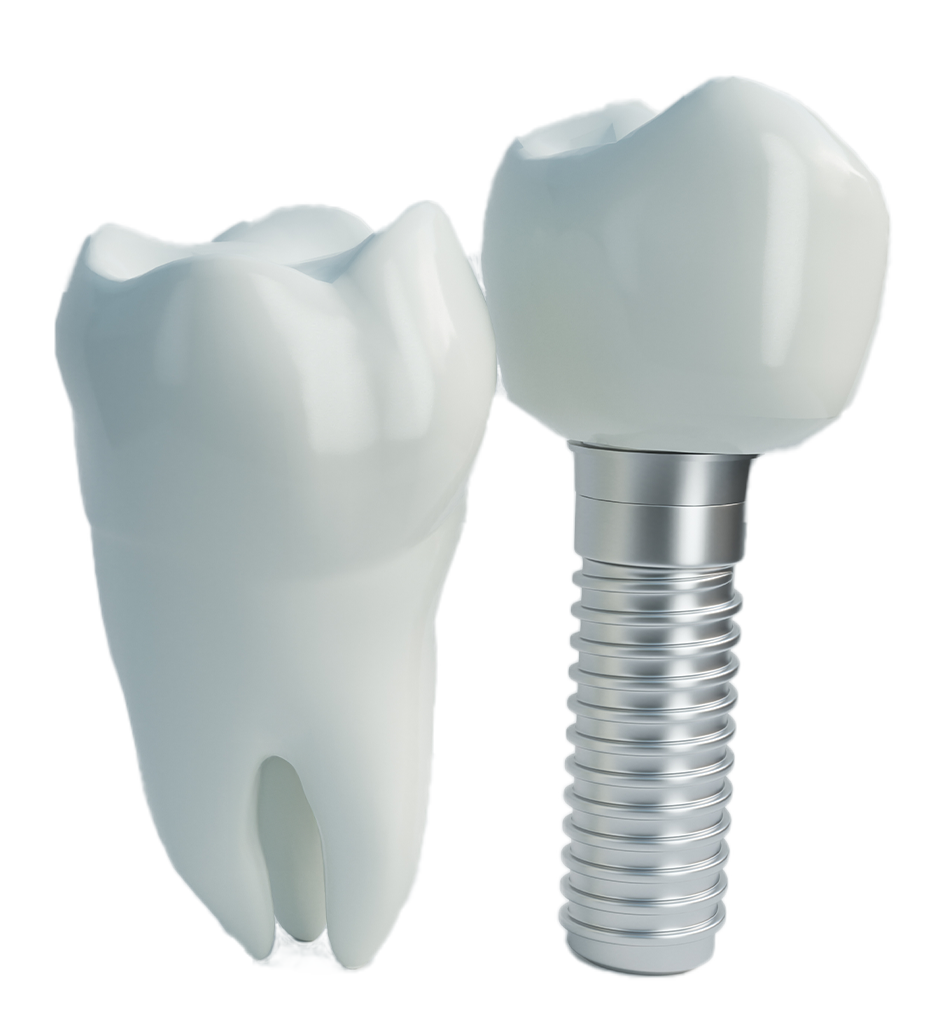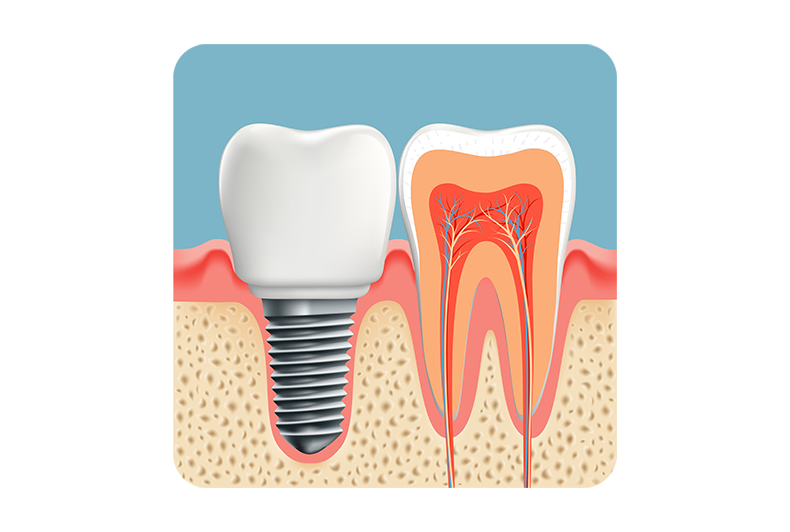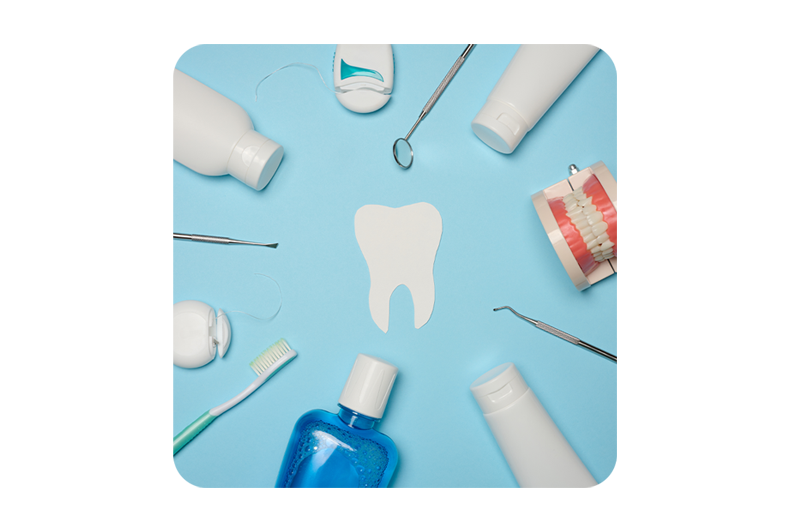Implant Supported Prosthesis
Implant Supported Prosthesis

What Is a Dental Implant?
implant supported prostheses
What Are Implant-Supported Prostheses?
A.What Are Implant-Supported Prostheses?


Key Benefits of Implant-Supported Prostheses
A.Key Benefits of Implant-Supported Prostheses
The Application Process: Step by Step
A.The Application Process: Step by Step


Materials Used: Blending Aesthetics and Strength
A.Materials Used: Blending Aesthetics and Strength
Care Tips: Ensuring Longevity and Health
A.Care Tips: Ensuring Longevity and Health


Why Choose LHC Klinik?
Why Choose LHC Klinik?
Conclusion: Regain Confidence with a Natural Smile
Conclusion: Regain Confidence with a Natural Smile

Frequently Asked Questions
Sedation Method in Dentistry
Diastema (Gap Between Teeth) and Its Treatment
Health Problems Caused by Missing Teeth
Pregnancy can affect oral health due to hormonal changes, increasing the risk of: • Gum inflammation (pregnancy gingivitis) • Pregnancy tumors (harmless overgrowths on gums) • Enamel erosion from morning sickness Maintaining regular brushing, flossing, and safe dental check-ups during pregnancy is crucial for both mother and baby’s health.
Why Are Color, Shape, and Symmetry Harmony Important in Dental Aesthetics? In smile design, achieving harmony in color, shape, and symmetry is key to creating a natural, balanced appearance. Discrepancies can make even healthy teeth look unattractive. Factors considered: • Matching the veneers or crowns to the natural tooth color and shape • Ensuring proportionate tooth sizes relative to facial features • Aligning teeth for overall symmetry This careful planning ensures the smile enhances the patient’s overall facial aesthetics.
